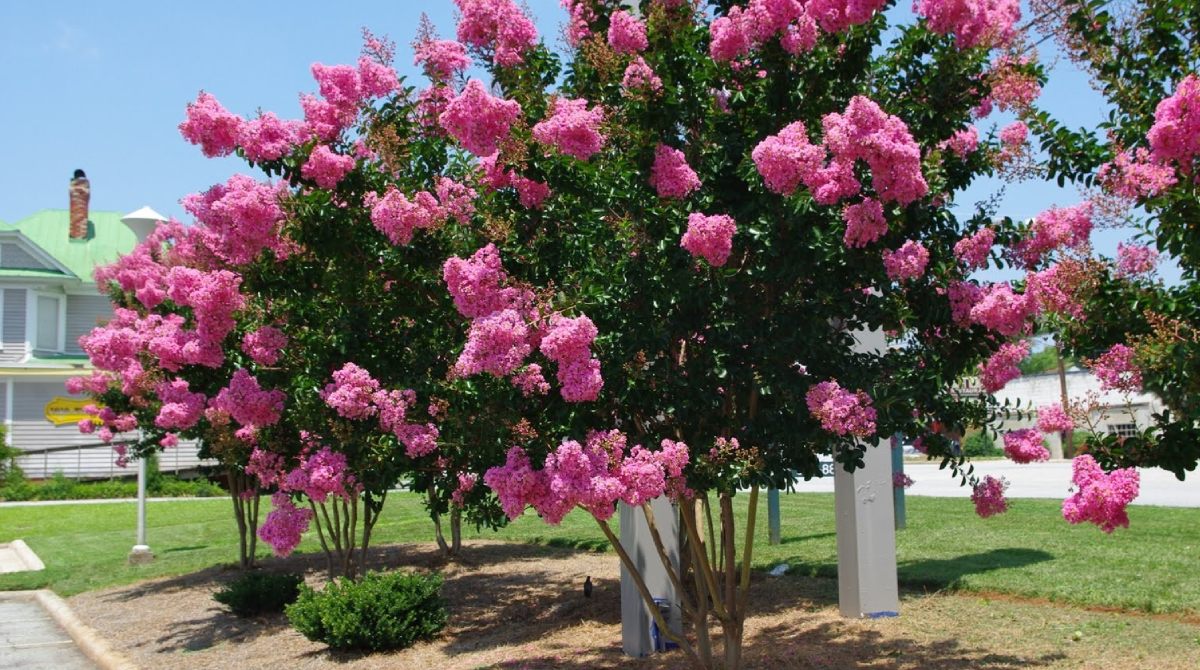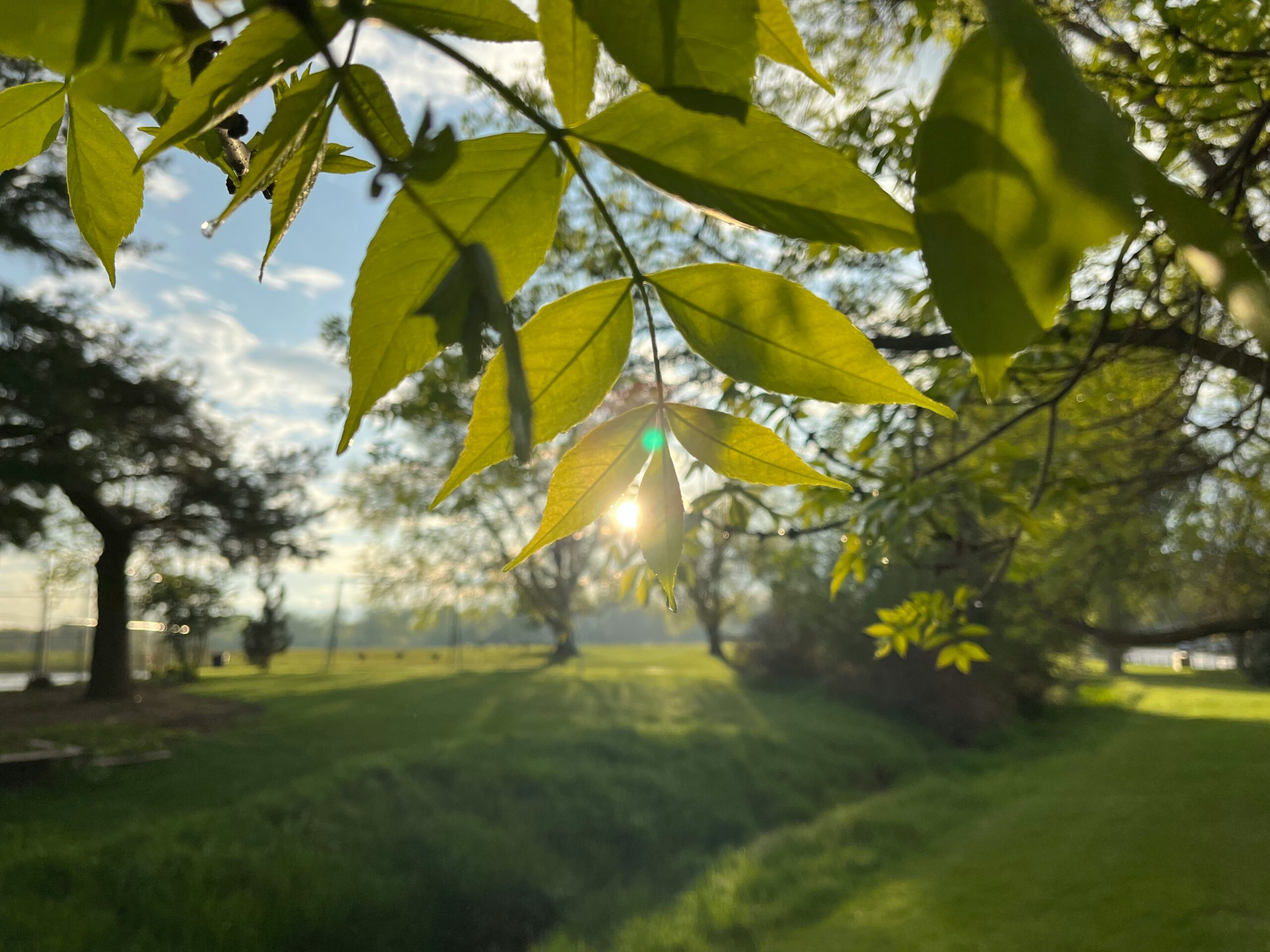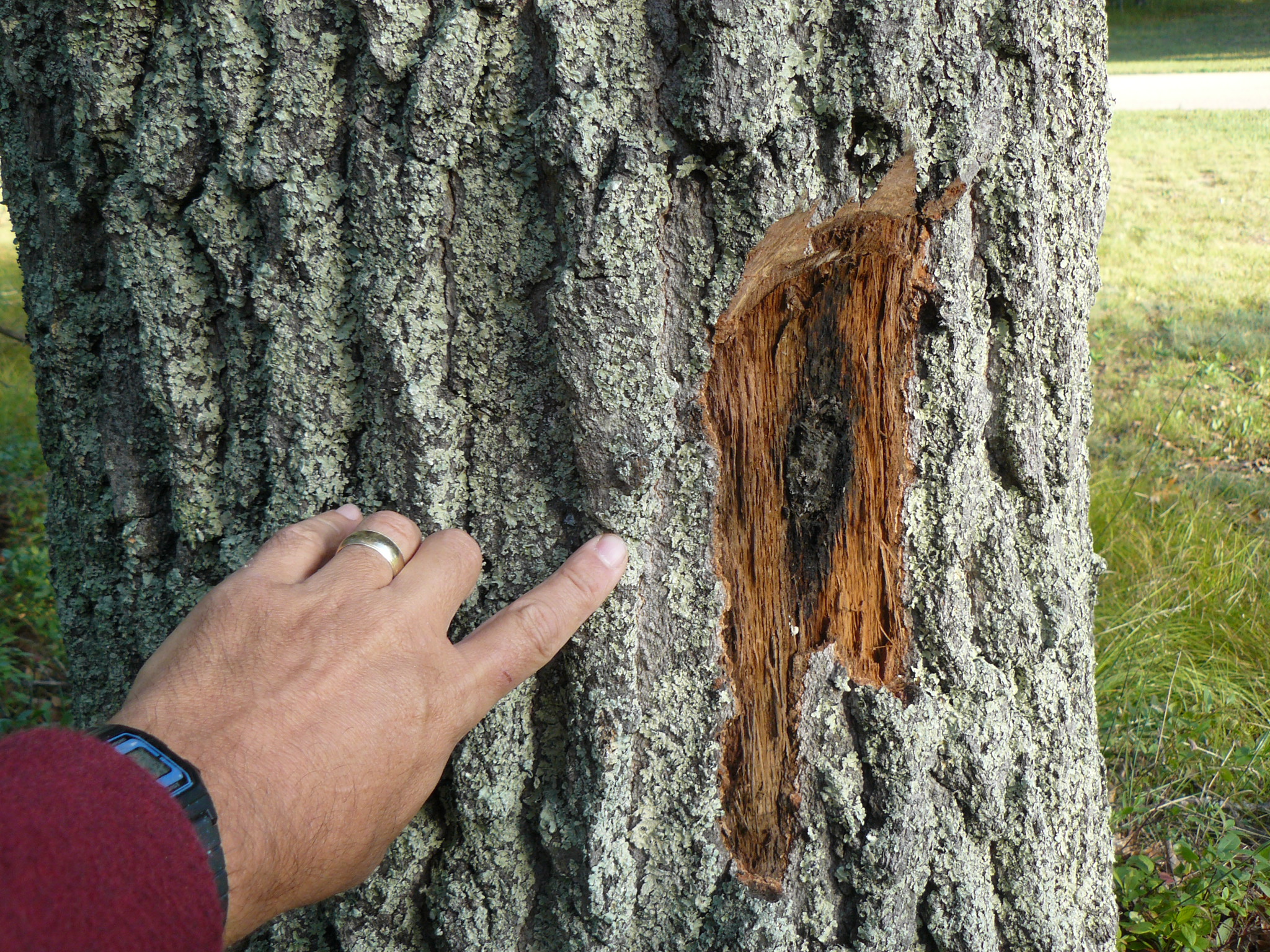
Date June 18, 2022
Category
If you’re looking for a beautiful and low-maintenance tree to add to your landscape, look no further than the Crepe Myrtle! These trees are incredibly popular in Texas since they are best suited for warmer climates and are relatively low maintenance. Their stunning blooms in shades of pink, purple, white, red, and a mix of these colors make them a landscaping staple. In this blog post, we will provide tree care instructions so that you can keep your Crepe Myrtle healthy and happy year-round.
What is a Crepe Myrtle Tree?
The Crepe Myrtle is a group of tree and shrub species in the Lagerstroemia genus. While cultivated worldwide, they are best suited in warm tropical or subtropical climates where they can thrive and show off their immense beauty. All varieties of Crepe Myrtles share stunning frilly, crinkled, or rippled blooms and a peeling bark that adds textural contrast to their stems and trunks.
Crepe Myrtle Tree Care Instructions
Crepe Myrtles are relatively easy to care for, but there are some specific things you need to do to encourage blooming and maintain proper tree health.
Crepe Myrtle Tree Sunlight Requirements
Crepe Myrtle trees require full sun for at least 6 hours daily to thrive. While they can survive with less sunlight, their blooms may not be as bountiful and vibrant.
Best Soil for Crepe Myrtle Trees
Crepe Myrtles do well in most soil types, but slight or moderately acidic soil (5.0-6.5 pH) is best. Soil with good drainage will also set up your Crepe Myrtle tree for success and prevent the risk of root rot.
Crepe Myrtle Watering Needs
Some varieties of Crepe Myrtle trees are drought-tolerant, but most need liberal watering, especially during the first year after planting. Water your plant each week, thoroughly soaking the soil to ensure the root system is hydrated. In general, mature Crepe Myrtle trees do best with at least one inch of water per week. You can also add mulch around the base to help the soil retain moisture.
Fertilization
For more vibrant flowers and healthy growth, slow-release fertilizers high in Nitrogen are best. Too much fertilizer can cause an abundant growth of leaves rather than blooms.
Fungus, Pests, and Disease
Early detection and treatment for fungus, pests, and diseases are critical for maintaining all types of tree health. Crepe Myrtles are especially susceptible to powdery mildew, sooty mold, bark scale, Crepe Myrtle aphids, and Japanese beetles. Treatment with general fungicides can help reduce the risk of infection, and using a garden hose to spray a strong stream of water can diminish the aphid population.
To learn more about the different types of Crepe Myrtle diseases, check out “Powdery Mildew: The White Coating on Your Crepe Myrtle and What to Do About It” and “What is Crepe Myrtle Bark Scale?”
Pruning Crepe Myrtle Trees
It is important to prune your Crepe Myrtle trees to look their best and stay healthy. Pruning should occur during the winter months since this is when they are dormant. They just need a simple cleanup, including removing dead or diseased branches and branches growing toward the tree’s center or crossing another branch. Pruning your Crepe Myrtle tree allows more air and sunlight to reach the inner branches, making for a healthier tree. You can also trim the tree to your desired shape during this time.
Pruning is a complex task and can be dangerous. Contact an ISA Certified Arborist for professional tree trimming and pruning services.
While Crepe Myrtle trees are resilient and relatively low maintenance, it is important to follow these tree care instructions for the best blooms and a healthy tree. With the right amount of sun, water, and fertilizer, your Crepe Myrtle will thrive and provide you with beautiful blooms for many years to come!
If you have questions about Crepe Myrtle trees or need tree care services, contact TreeNewal for the best experience. Our ISA Certified Arborists can help you choose, plant, and maintain your Crepe Myrtle trees for a gorgeous and healthy landscape.
To learn more about How to Care for a Crepe Myrtle Tree, call our Argyle and Southlake-based teams
at (817) 592-6846 or send us a message.
We’re a little different than the average tree services company.
Learn more about TreeNewal’s ISA Certified Arborists!
Our Dallas/Fort Worth-based tree doctors can explain how sustainable tree care services add more value to your bottom line.
Healthy trees, healthy lives.








